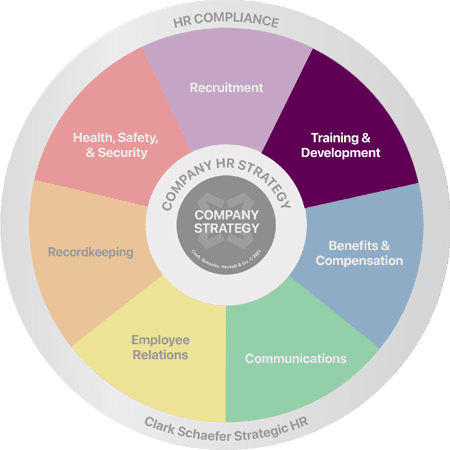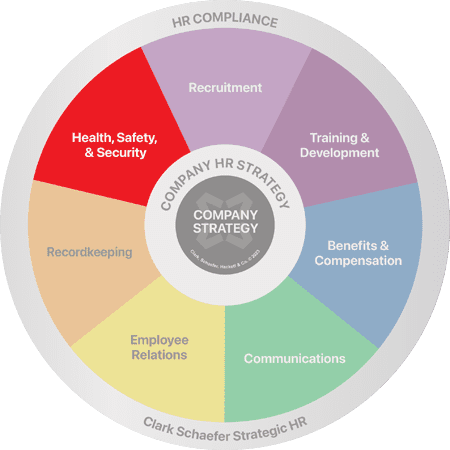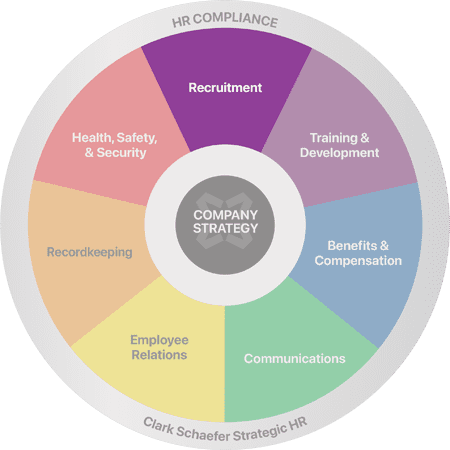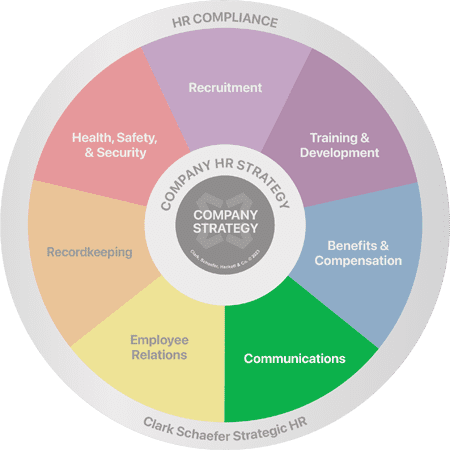Posts
Succession Planning: How Can We Prepare for Exits of Key Employees?
Last Updatedin HR Strategy, Videos Question of the Week
Conflict Management Strategies To Help Employees Work Together
Last Updatedin Employee Relations, Videos Question of the Week, Video
What To Do In An Active Shooter Incident
Last Updatedin Health, Safety & Security, Training & Development Question of the Week
How Do I Successfully Coach Employees to Improve Performance?
Last Updatedin Employee Relations, Training & Development Question of the Week
What Should I Include in the First 90-Day Introductory Period?
Last Updatedin Recruitment Question of the Week
Hiring Tips: How to Prevent a Bad Hire
Last Updatedin HR Strategy, Recruitment, Training & Development Question of the Week
How Can HR Play a Strategic Role in My Organization?
Last Updatedin HR Strategy Question of the Week
Barriers To Effective Training and Development
Last Updatedin Training & Development Question of the Week
How Can I Get My Team More Engaged in Training?
Last Updatedin Training & Development Question of the Week
What are the Best HR Practices for the End of the Year?
Last Updatedin HR Compliance, HR Strategy, Recordkeeping Question of the Week
Are Evacuation Drills Mandatory to Meet OSHA Training Requirements?
Last Updatedin Health, Safety & Security, Training & Development Question of the Week
How To Handle Expired Prescription Drug Use In The Workplace?
Last Updatedin Health, Safety & Security, HR Compliance, Training & Development Question of the Week
What Can We Do to Make Onboarding Training Stick?
Last Updatedin Training & Development Question of the Week
What Are The Top 5 Commonly Missed Records In Employee Personnel Files?
Last Updatedin HR Compliance Question of the Week
How to Offer Training & Development for Remote Employees
Last Updatedin Training & Development Question of the Week
How to Re-Energize Your Team Through Training & Development
Last Updatedin Employee Relations, Training & Development Question of the Week
How Can I Use CliftonStrengths in my Organization?
Last Updatedin Training & Development Question of the Week
How Do I Conduct a Training Needs Analysis?
Last Updatedin Training & Development Question of the Week
New Manager Training Topics You Can’t Afford to Skip
Last Updatedin Training & Development Question of the Week
Are You Ready For These Top HR Trends in 2024?
Last Updatedin HR Strategy Question of the Week
Four Ways to Improve New Hire Onboarding and Training
Last Updatedin Training & Development Question of the Week
5 Key Points To Use Assessments in the Employee Life Cycle
Last Updatedin Employee Relations, HR Strategy Question of the Week
Why Is Harassment Training Important?
Last Updatedin Training & Development Question of the Week
What Are The Benefits of Providing a Mentoring Program?
Last Updatedin Training & Development Question of the Week
HR’s Role During An Economic Crisis
Last Updatedin HR Strategy Question of the Week
How Can You Teach a Manager to be a Good Listener?
Last Updatedin Communications Question of the Week
Employee Training: Online Vs. In-Person
Last Updatedin Training & Development Question of the Week
Should We Abolish Performance Improvement Plans?
Last Updatedin Employee Relations Question of the Week
Delegation – But I Don’t Want to Give Up Control!
Last Updatedin Employee Relations Question of the Week
Developing Successful Training Programs
Last Updatedin Training & Development Question of the Week
Contact Us
Clark Schaefer Strategic HR
10856 Reed Hartman Hwy
Suite 225
Cincinnati, OH 45242

Clark Schaefer Strategic HR is recognized by SHRM to offer Professional Development Credits (PDCs) for SHRM-CP® or SHRM-SCP® recertification activities.
The information provided on this website does not, and is not intended to, constitute legal advice; instead, all information, content, and materials available on this site are for general informational purposes only. Readers of this website should contact their attorney to obtain advice about their particular situation and relevant jurisdiction. This website contains links to other third-party websites. These links are only for the convenience of the reader, user or browser; Strategic HR does not recommend or endorse the contents of the third-party sites.






